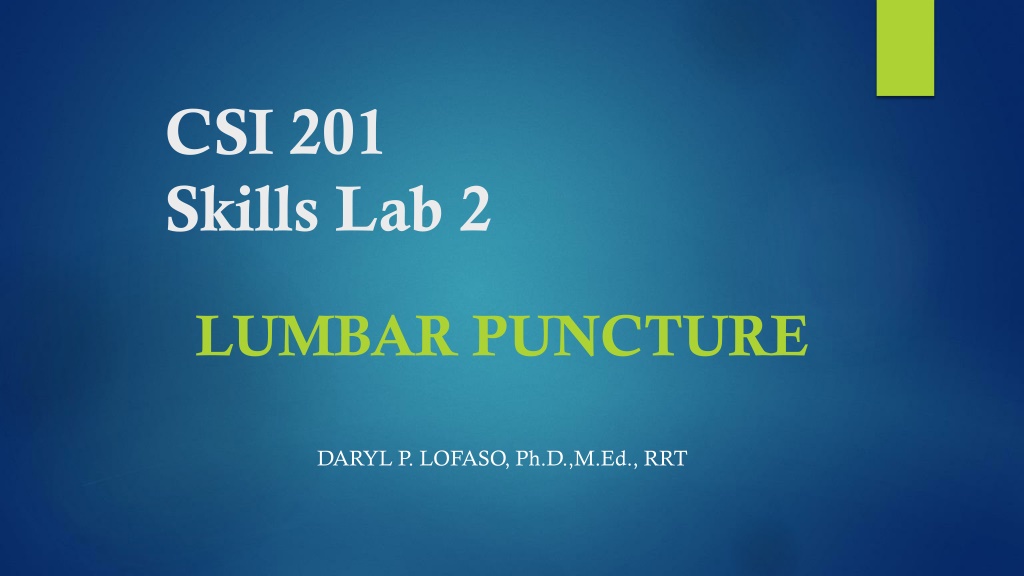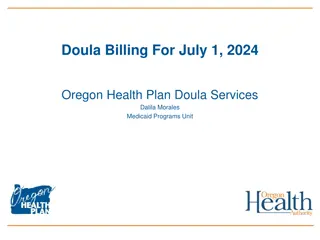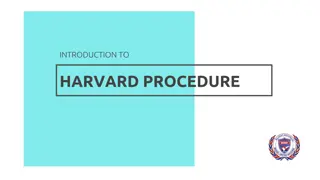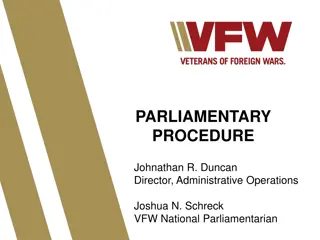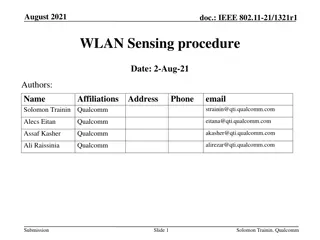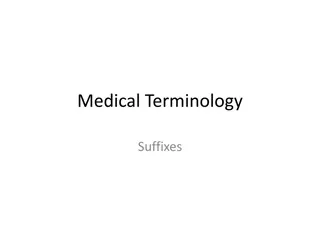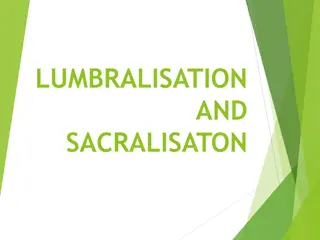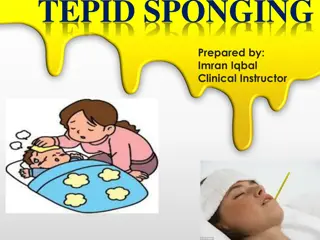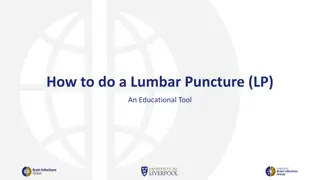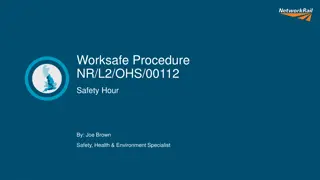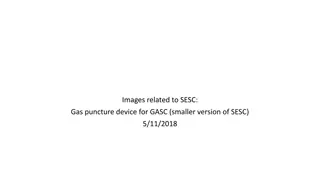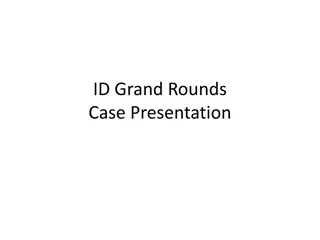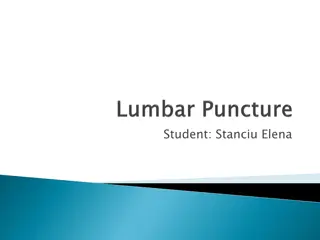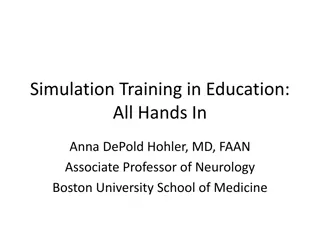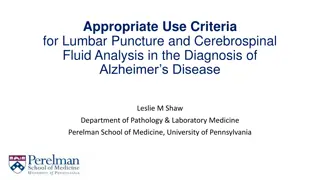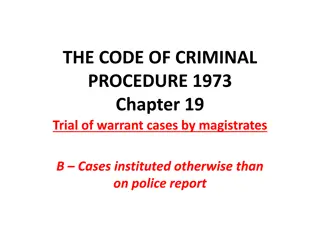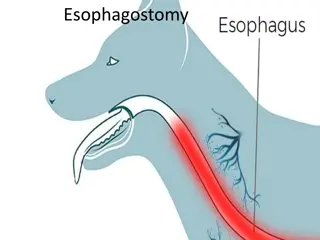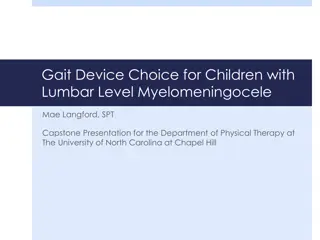Lumbar Puncture Procedure Overview
Understand the indications and contraindications, checklist, equipment required, needle passage layers, consent procedures, CSF testing, and key steps like patient positioning for a lumbar puncture. Learn about obtaining CSF, administering medications, measuring ICP, diagnosing CNS infections, and more. Consents, risks, alternative treatments, and documentation are vital aspects to consider before this invasive procedure.
Download Presentation

Please find below an Image/Link to download the presentation.
The content on the website is provided AS IS for your information and personal use only. It may not be sold, licensed, or shared on other websites without obtaining consent from the author. Download presentation by click this link. If you encounter any issues during the download, it is possible that the publisher has removed the file from their server.
E N D
Presentation Transcript
CSI 201 Skills Lab 2 LUMBAR PUNCTURE DARYL P. LOFASO, Ph.D.,M.Ed., RRT
Indications for Lumbar Puncture To obtain CSF for Laboratory Examination Administer Medications into subarachnoid space Perform Myelography Measure ICP Dx CNS infections and Inflammatory Diseases
LP Contraindications Infections at puncture site Suspected CNS mass lesion Increased ICP (relative) Coagulation disorder (relative)
Lumbar Puncture Checklist Check the indications Know the risks and how to deal with serious complications Explain the issues to the patient Check for allergy to lidocaine or iodine Consider bleeding tendency / risks
Lumbar Puncture Equipment Consent form (Signed) Lab request forms and specimen bottles Sterile Gloves, sterile gown, mask & eye protection Local anesthetic LP Tray
Lumbar Puncture What structures or layers with the needle pass through before reaching the subarahnoid space? Skin Superficial fascia Superspinous ligament Interspinous ligament Ligamentum flavum Epidural space containing fatty areolar tissue and the internal vertebral venous plexus Dura mater Arachnoid mater Subarachniod space
Invasive/Non-Invasive Procedure Consents Date/Time of consent Indications Alternative treatment Risk/Benefits Documentation that all questions have been answered Signature of patient or authorized representative before procedure performed & appropriate witness Date/Time
Test CSF Appearance Protein Sugar Serology Cell Count Bacterial or Fungal Cultures
Helpful Hints What is the most important step before performing a Lumbar Puncture? Answer: Positioning the Patient
Culture Tubes Tube 1: Gram stain, (AFB, fungal) Tube 2: Glucose and Protein Tube 3: Cell count (RBC, WBC with differentials) Tube 4: Hold for possible (VDRL, India ink, electrophoresis, antigen panel) * (Tube sequence may varies per hospital)
Complications to LP Spinal Headache Trauma Herniation Infection Hemorrhage Bloody Tap
Invasive/Non-Invasive Procedure Note Proper Patient Identification Site Verification Pre / Post Medication for pain control Intra / Post procedure monitoring Complications, if any Management of Complications
Universal Precautions All Patients are potentially infectious. Good Handwashing is the key to reducing nosocomial infections Wash before and after patient contact Wear a mask, eye protection, face shield, and gown when needed
